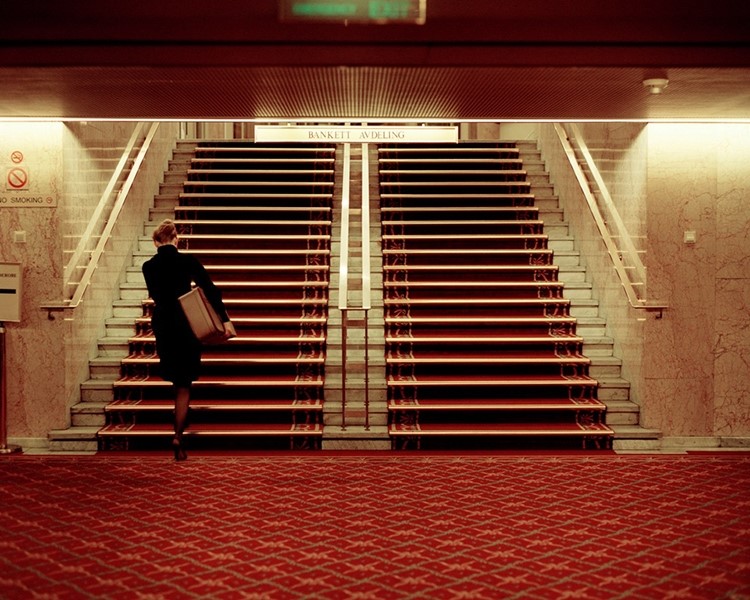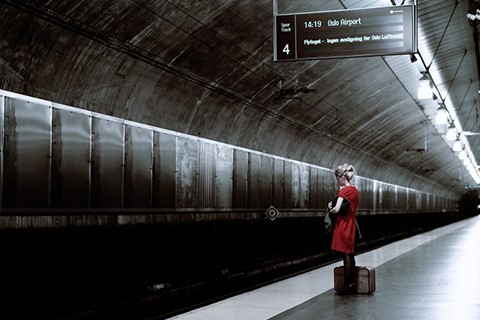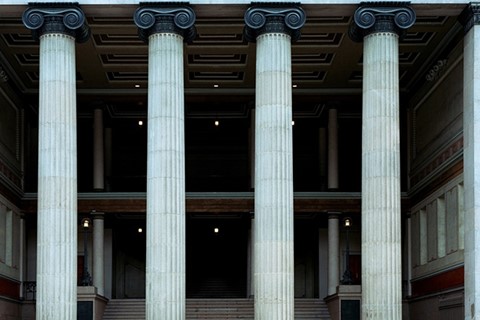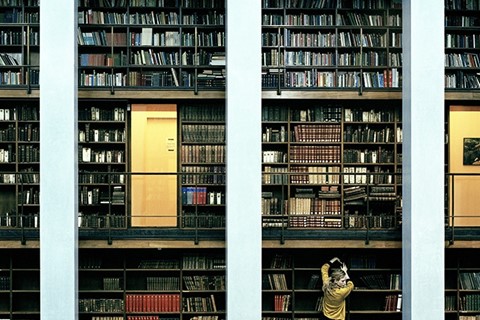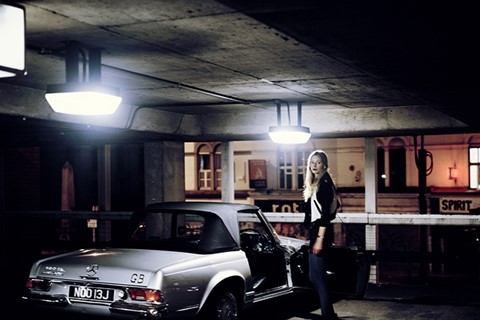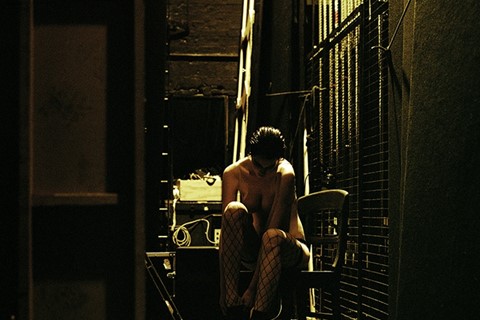Performance, artifice and the creation of female identity in visual culture are key points of interest to Italian-born photographer Thomas Zanon-Larcher, themes he has explored in his large body of narrative work...
Performance, artifice and the creation of female identity in visual culture are key points of interest to Italian-born photographer Thomas Zanon-Larcher, themes he has explored in his large, ongoing body of narrative work – much of which is set to feature in Falling: A Part, his first solo exhibition at the Wapping Project Bankside later this month. At first glance, the display’s images could be mistaken for a collection of film stills: each stars a female protagonist captured, seemingly unawares, undertaking a variety of routine activities – awaiting a train, seeking out a library book, climbing a staircase. Yet a definite sense of drama prevails, be it in the women's (usually pensive) expressions or the frequent impression of movement and purpose evoked.
This, of course, is Zanon-Larcher’s intention. Inspired by a wealth of storytelling antecedents, from Hollywood film noir and French Nouvelle Vague to the writings of Ibsen and Bergman, these photographic cycles have been set up by the photographer, using chosen performers engaged in role play, as if he were indeed shooting a film. But unlike in film-making, where a rolling number of frames commit the action to film moment by moment, Zanon-Larcher must capture the instant of gestus – the unification of emotion, thought and gesture – in one single frame; something he manages with great aptitude and style. Zanon-Larcher has also undertaken a number of collaborations with fashion designers, including Yohji Yamamoto, Alexander McQueen and Maison Martin Margiela, similarly constructing narratives using models caught "un-posed". Here, we talk to the photographer about his process and his chief considerations when capturing an image...
When did you create your first staged narrative story? And what drove you to explore this method of photographic storytelling?
Around 1992/1993, it was in black and white. At the time I was interested in creating a sequence and in mobility in the images, however I was not that consciously aware of the approach or method.
Did you refer to the work of any particular photographer or filmmaker as a starting point?
There were a lot of different influences rather than a single photographer or filmmaker, and literature played an important role.
"I was interested in creating a sequence and in mobility in the images, however I was not that consciously aware of the approach or method"
In your opinion, is some sense of narrative necessary in creating an interesting photograph?
Not if we take for "narrative" how it is conventionally understood.
When did you first become interested in photography?
Likely when I was six or seven-years-old. At the age of 15 I got my first camera.
What are your key considerations when conceiving and capturing an image?
The image needs to be believable.
What do you think it is about your style that lends itself so well to fashion photography?
The chosen format tends to have a cinematic feel and it does convey a sense of mobility, which might partly explain why, however I'm unsure whether it lends itself that well to fashion photography.
What’s your current favourite film?
Barry Lyndon.
Thomas Zanon-Larcher, Falling: A Part will run from January 25 - March 16 2013 at the Wapping Project Bankside.
Text by Daisy Woodward
